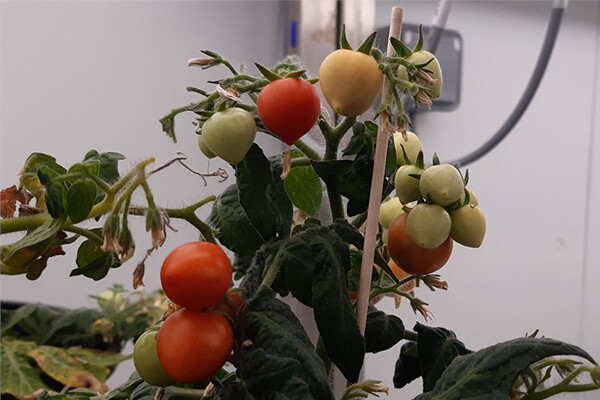Introduction
In the food industry, ensuring product quality and safety is a top priority. Consumers demand food that is not only nutritious and tasty, but also safe and durable. This is where climate chambers play a crucial role, allowing companies to simulate various environmental conditions to optimise their products and processes.
As we have repeated on numerous occasions, climatic chambers allow us to simulate specific environmental conditions and ensure controlled environments in which to carry out tests to determine stability, product shelf life, optimum transport conditions, etc. In short, we can carry out a large number of tests and vary conditions of temperature, humidity and even lighting in the case of tests in cultivation chambers to determine the optimum growth conditions for different fruits, vegetables and other products. Climatic chambers and the food industry are closely related concepts and we list below the most important of the many applications you can find and need.
Applications in the food industry
1. Stability and shelf life testing
- Shelf life determination: Simulate storage conditions to estimate the shelf life of products.
- Degradation studies: Assess how environmental factors affect the quality and safety of food over time.
2. Simulation of transport and storage conditions.
- Endurance tests: Check how products withstand changes in temperature and humidity during transport.
- Packaging optimisation: Helps to select packaging materials that effectively protect foodstuffs.
3. New product development
- Innovation in preservation: They allow research into new techniques to prolong the freshness and quality of foodstuffs.
- Adaptation to global markets: They facilitate the adjustment of products for different international climatic conditions.
4. Quality control
- Regulatory compliance: They ensure that products comply with food safety regulations and standards.
- Sensory evaluation: Analyses how environmental conditions affect organoleptic properties such as taste, smell and texture.
5. Agricultural research
- Optimisation of plant growth: Simulate environments to improve crops and increase production.
- Resistance studies: Analyse how plants respond to environmental stress, contributing to food security.
Benefits of using climatic chambers in the food sector
- Improved quality and safety: Safer, high quality products that meet consumer expectations.
- Reduced losses: Early identification of potential problems, minimising wastage and recalls.
- Regulatory compliance: Ensures compliance with national and international standards, facilitating export.
- Innovation and competitiveness: Promotes the development of innovative products and improves market position.
Importance for research and development
Climatic chambers are essential for scientific research in the food sector. They allow researchers:
- Develop new preservation technologies: Innovate methods that extend shelf life without compromising quality.
- Improve food resistance: Create products that are more resistant to environmental variations, ensuring their availability.
- Optimise production processes: Identify the best conditions for food processing and storage.

Conclusion
Climatic chambers are an indispensable tool in the food sector, offering multiple applications ranging from quality control to product and process innovation. By simulating diverse environmental conditions, companies can anticipate challenges, improve their products and meet the demands of an increasingly demanding market.
Implementing the use of climate chambers not only ensures food quality and safety, but also boosts competitiveness and sustainable growth in the food industry.
Find out more about climatic chambers
If you are interested in finding out more about how climatic chambers can benefit your business in the food sector, please visit our climatic chambers page for detailed information and expert advice, or contact us directly via this page.
